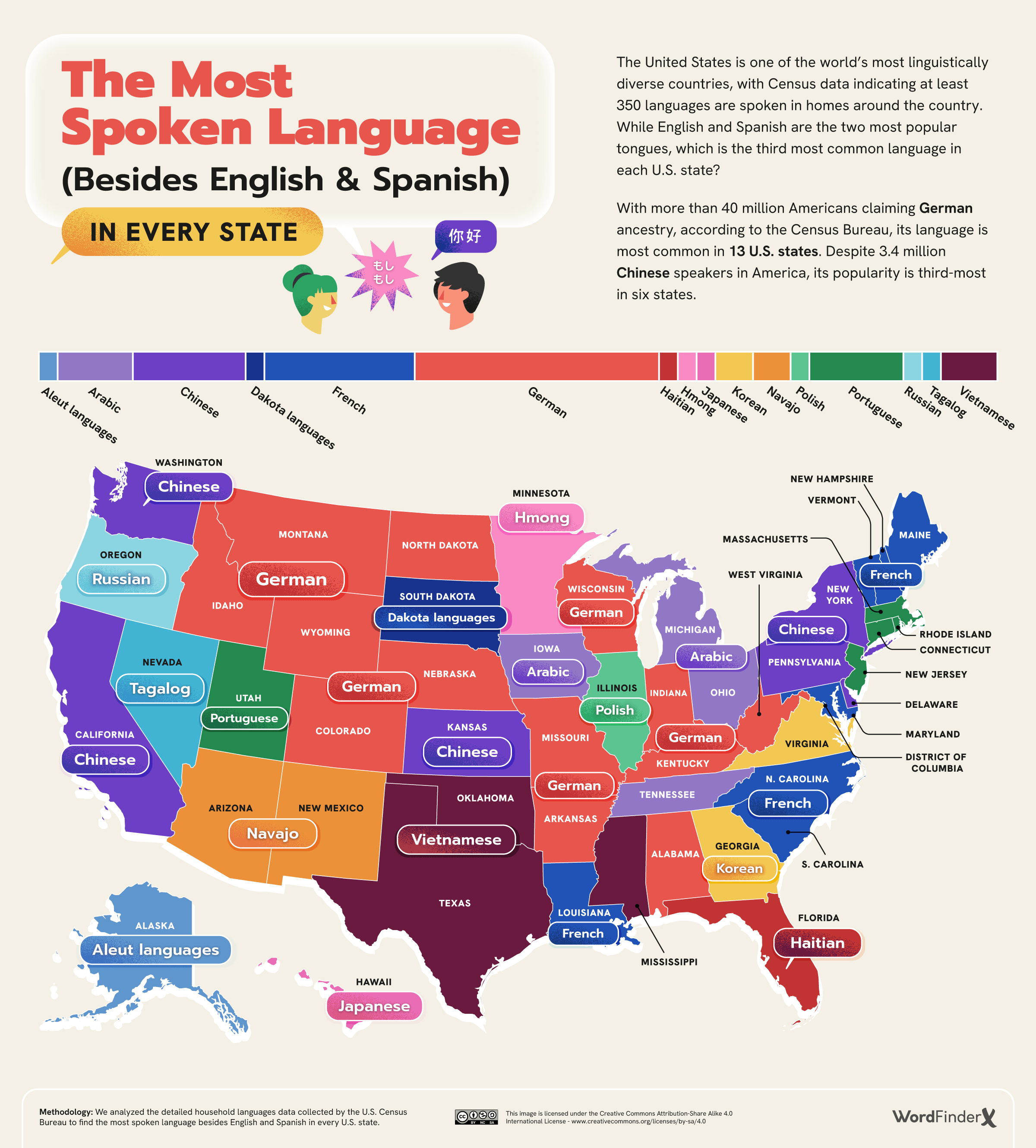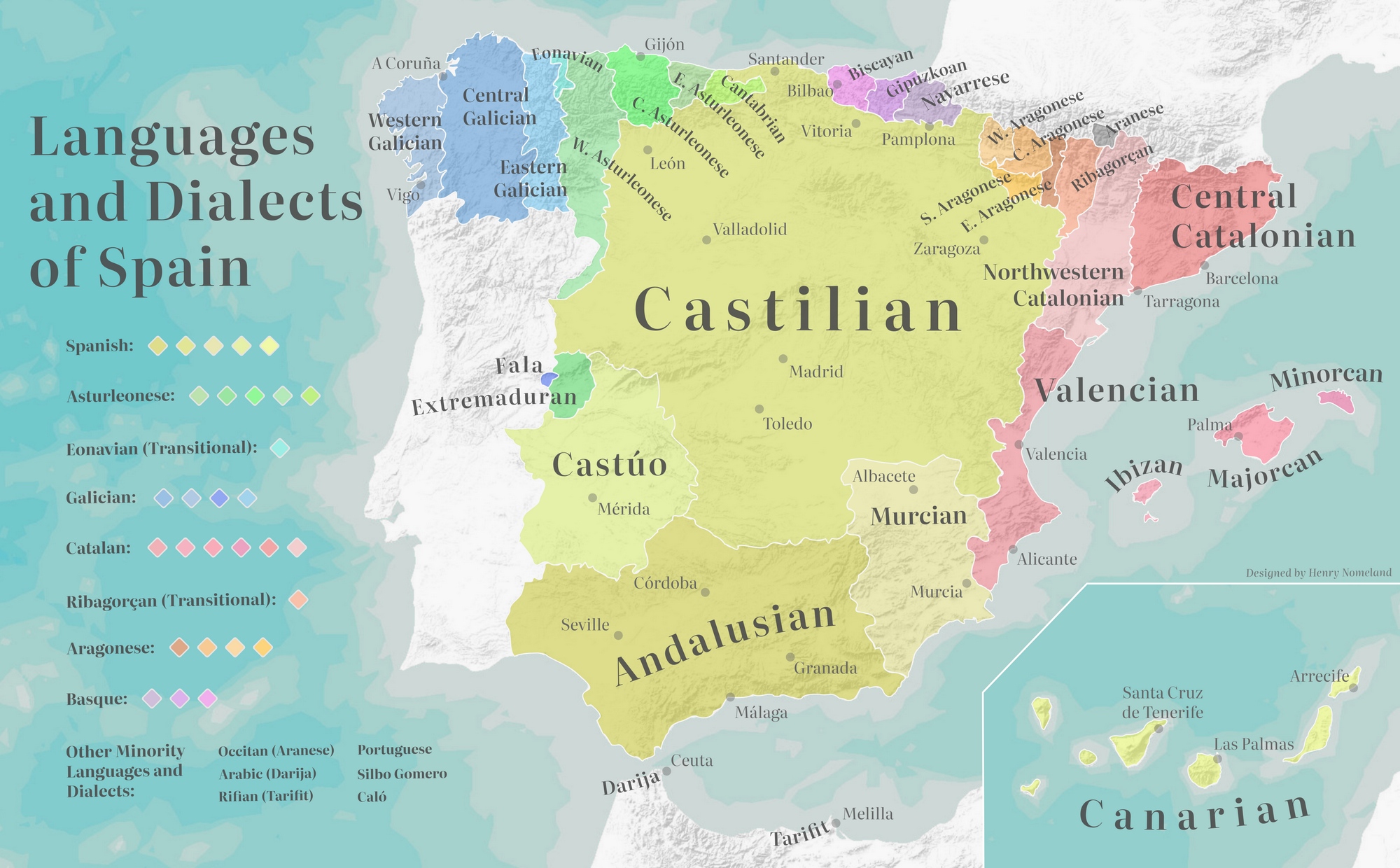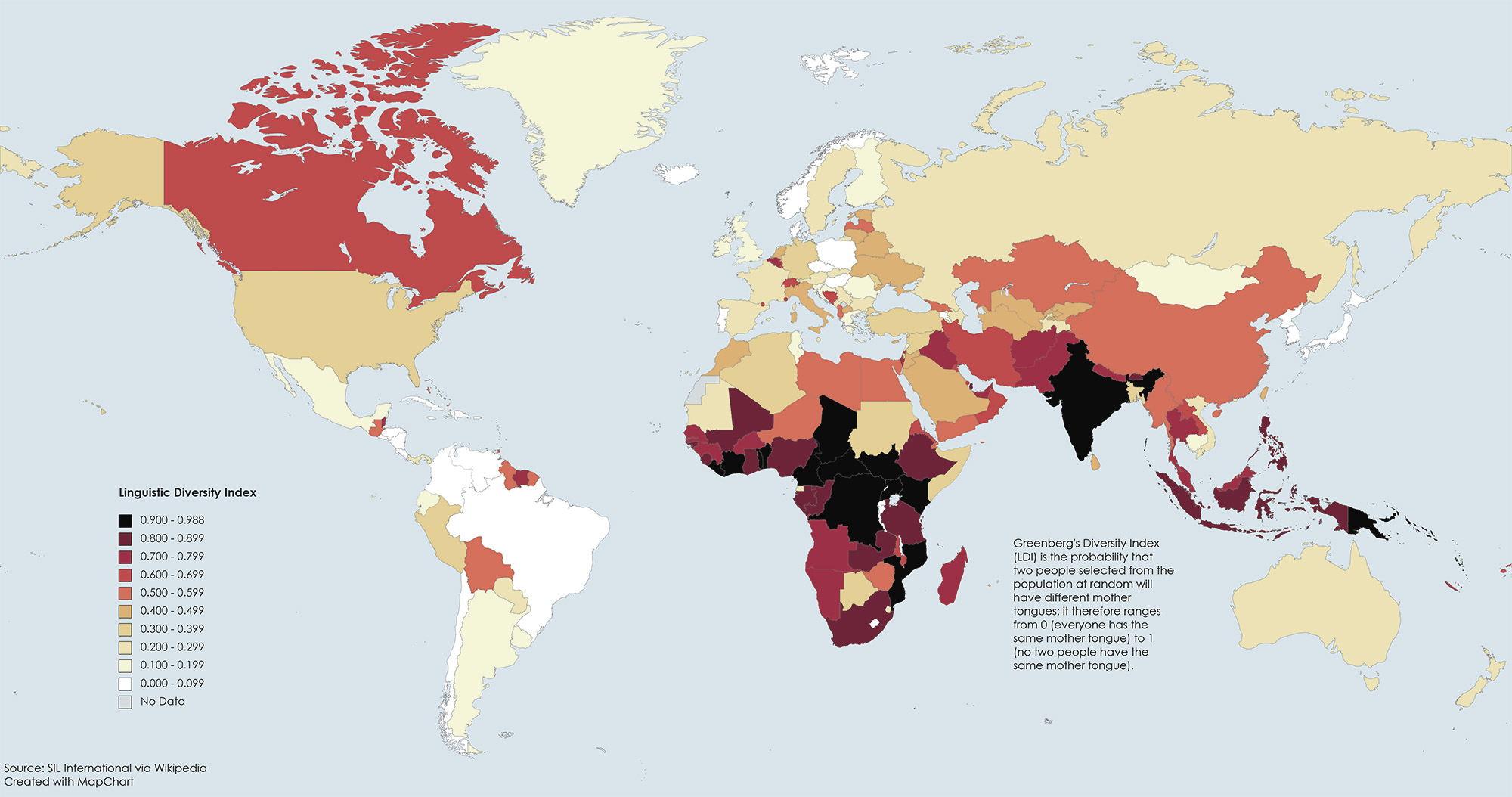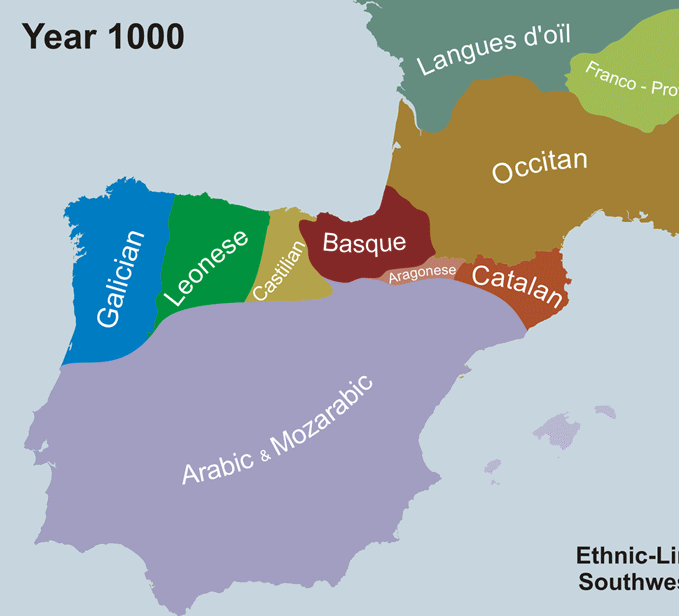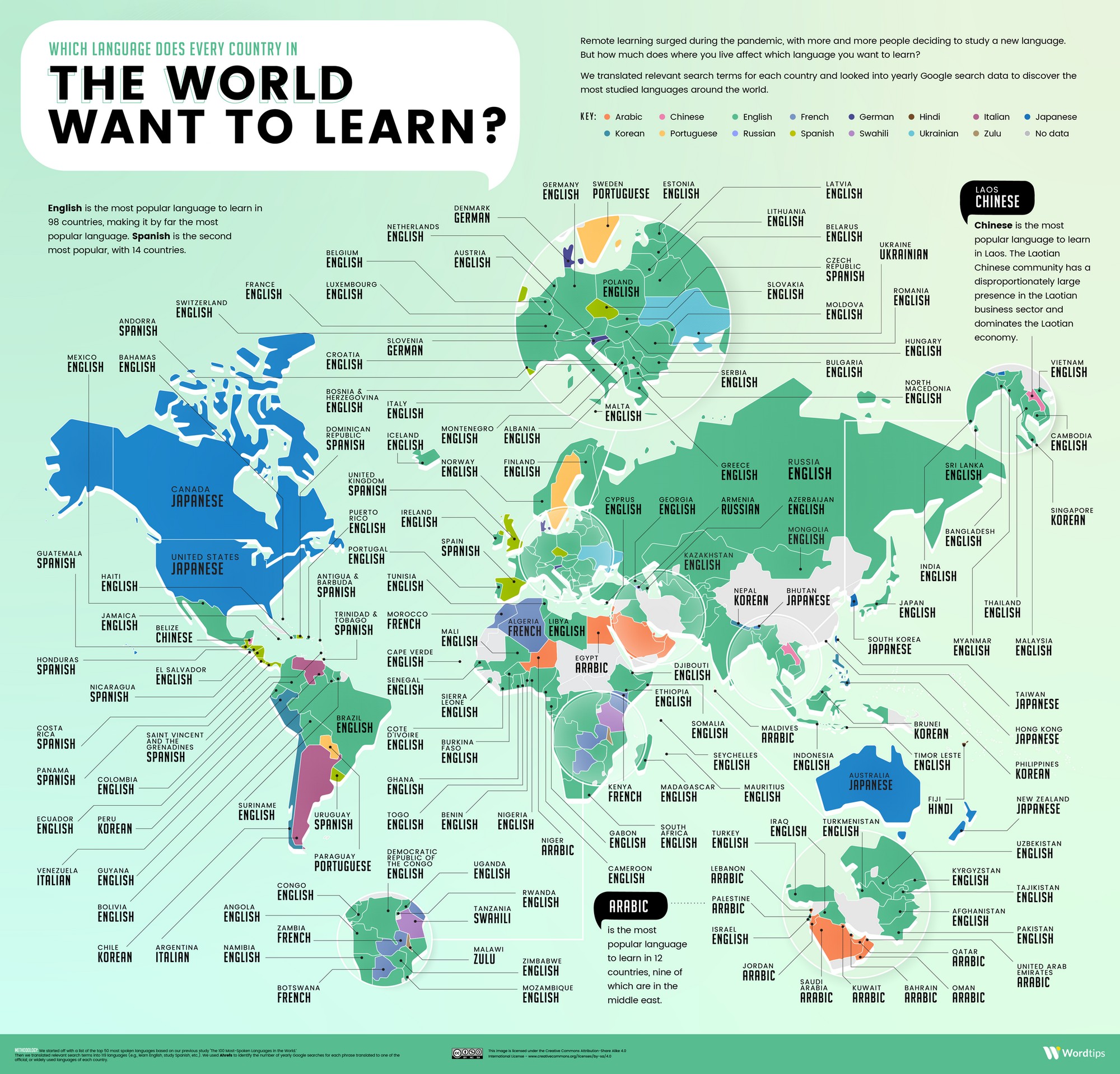Questioning Borders: How Europe Marks Its Questions
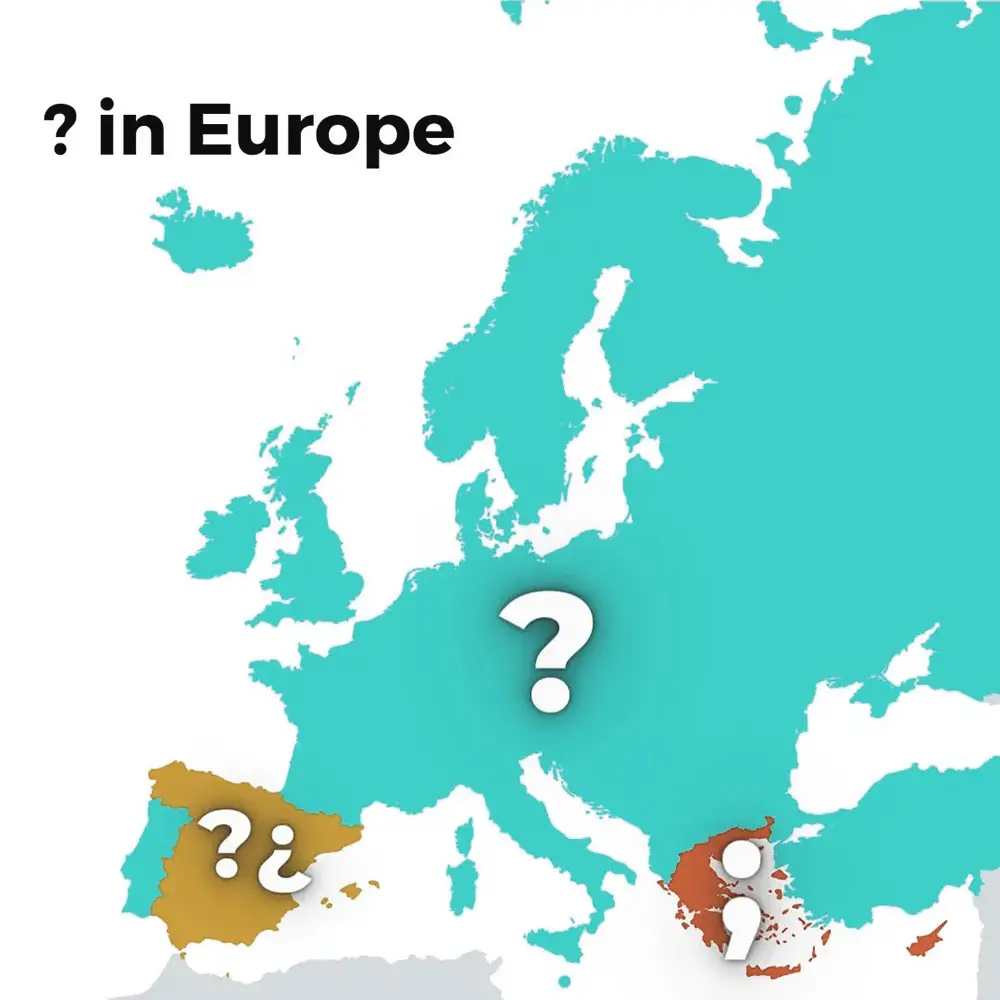
The Curious Case of the Question Mark: A European Language Journey
Punctuation might seem like a small detail, but it’s a fascinating window into the linguistic diversity of Europe. The humble question mark, a symbol we often take for granted, tells a surprisingly complex story across the continent.
In most European countries, the question mark “?” reigns supreme, following standard Latin alphabet conventions. However, this seemingly simple symbol carries intriguing nuances that reveal the rich complexity of European languages.
Western European Linguistic Landscape
Countries like France, Germany, Spain, Italy, and the Netherlands share a consistent approach to questioning. Yet, Spanish adds a unique twist with its inverted opening question mark (¿), creating a distinctive visual bookend to interrogative sentences. Imagine a sentence like ¿Cómo estás? – the inverted mark at the beginning signals to readers that a question is coming.
Eastern European Perspectives
Despite using different alphabets, most Eastern European languages embrace the standard “?” symbol. Russian, Ukrainian, and Bulgarian, which use Cyrillic script, have seamlessly integrated this universal punctuation mark. Countries like Poland, Czech Republic, and Hungary similarly adopt the Latin question mark, showcasing linguistic adaptability.
Intriguing Exceptions
Not all European languages follow the same rule. Greece presents a captivating deviation: their question is indicated by a semicolon (;). For instance, “Πώς είσαι;” might look peculiar to non-Greek speakers but is perfectly natural in Greek writing.
Armenia offers another unique perspective with its distinctive question mark symbol (՞), deeply rooted in its ancient linguistic traditions.
Fascinating Global Variations
While our focus is Europe, it’s worth noting that some languages worldwide have unique question mark representations.
- Chinese and Japanese: The “ ?” is commonly used in informal writing, but traditional scripts may omit it in favor of implied questioning.
- Arabic and Persian: The question mark is mirrored (؟), reflecting the right-to-left writing direction.
Historical Origins
The modern question mark is believed to have evolved from the Latin word quaestio (“question”). During the Middle Ages, scribes abbreviated quaestio as “Qo,” with the “q” placed above the “o,” which gradually transformed into the mark we use today. This symbol became standardized in the 16th century, coinciding with the rise of printed texts and greater linguistic formalization
Digital Standardization In our interconnected world, Unicode has played a crucial role in standardizing punctuation. Most European languages now use the standard “?” in digital communications, ensuring global compatibility while preserving individual linguistic characteristics.
The question mark might seem like a trivial symbol, but it’s a testament to how language evolves, adapts, and reflects cultural nuances. Each curve and dot tells a story of communication, understanding, and human connection.
What’s your favorite linguistic quirk? Have you encountered unique punctuation in your travels or language learning? We’d love to hear your experiences in the comments below!

